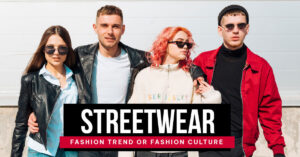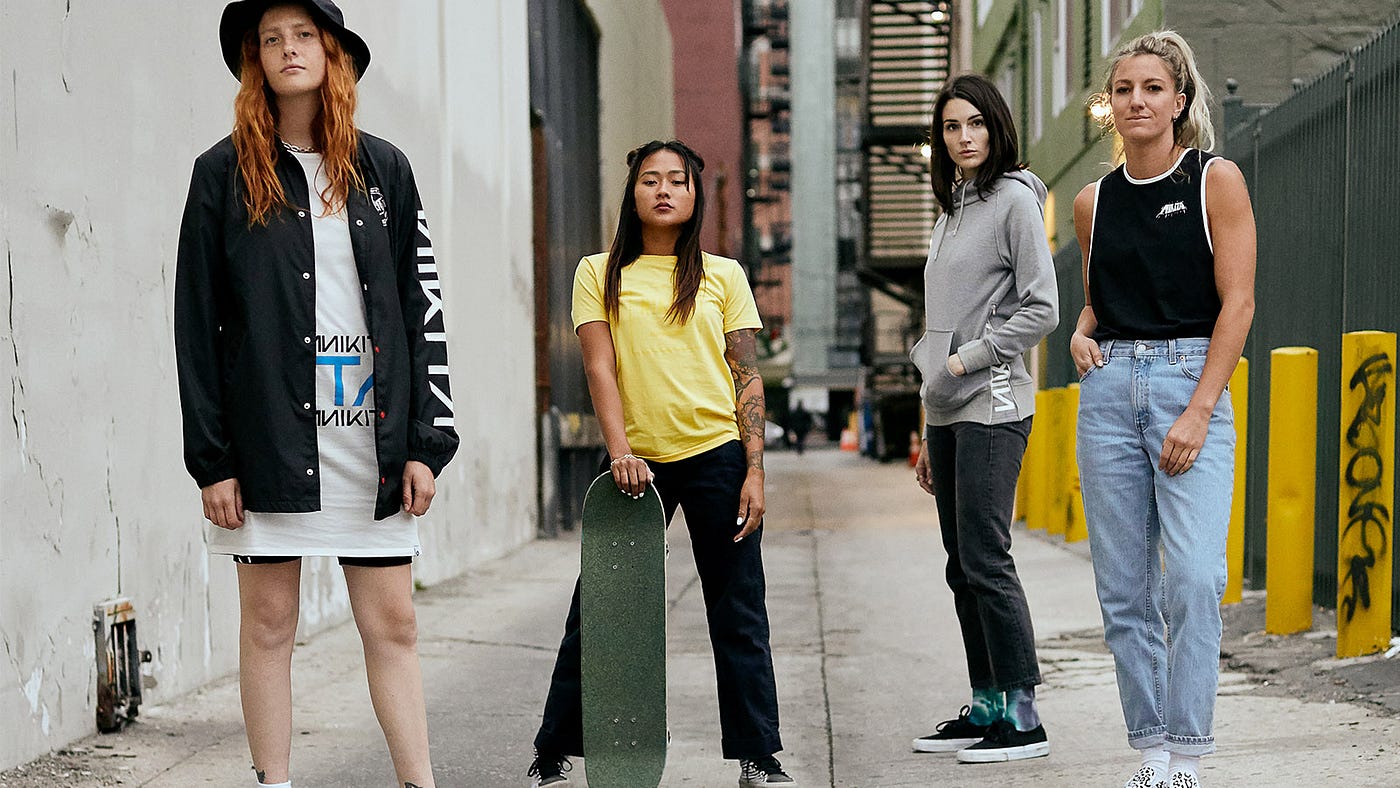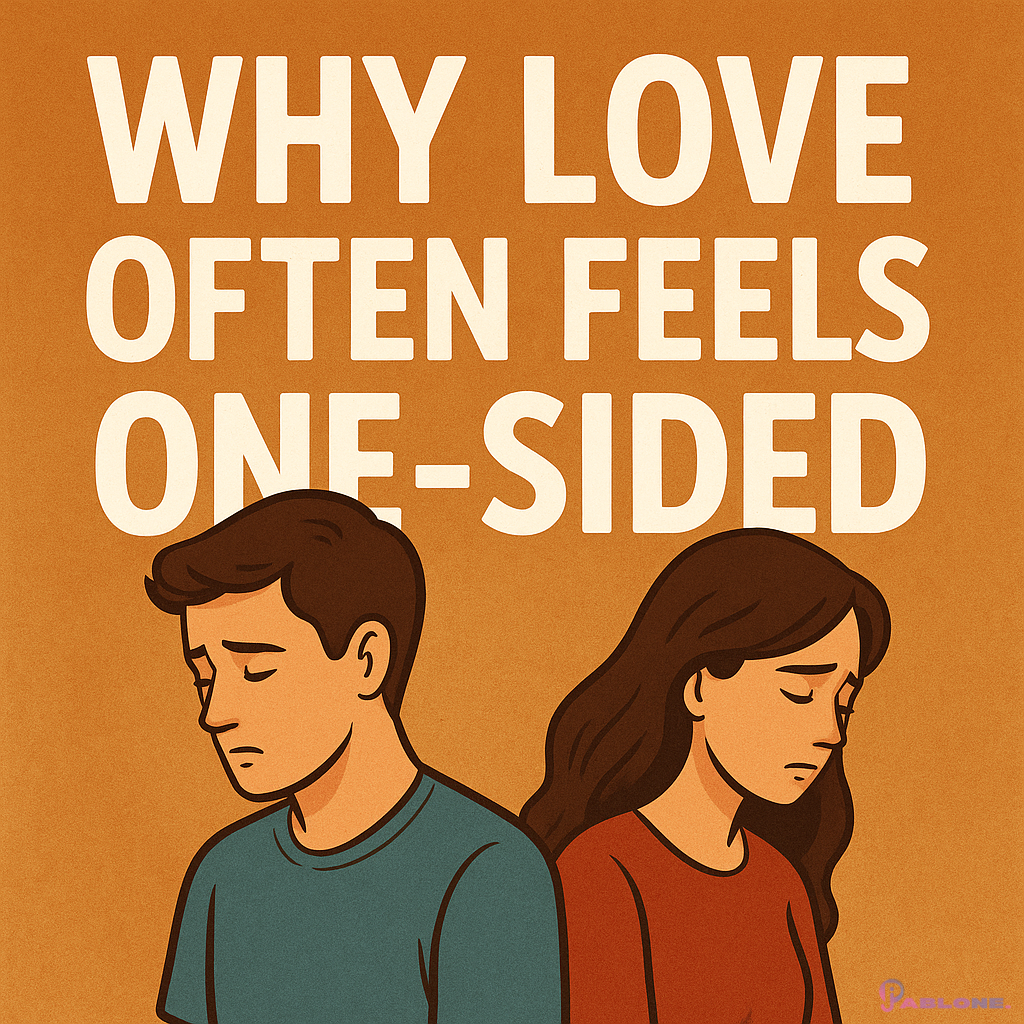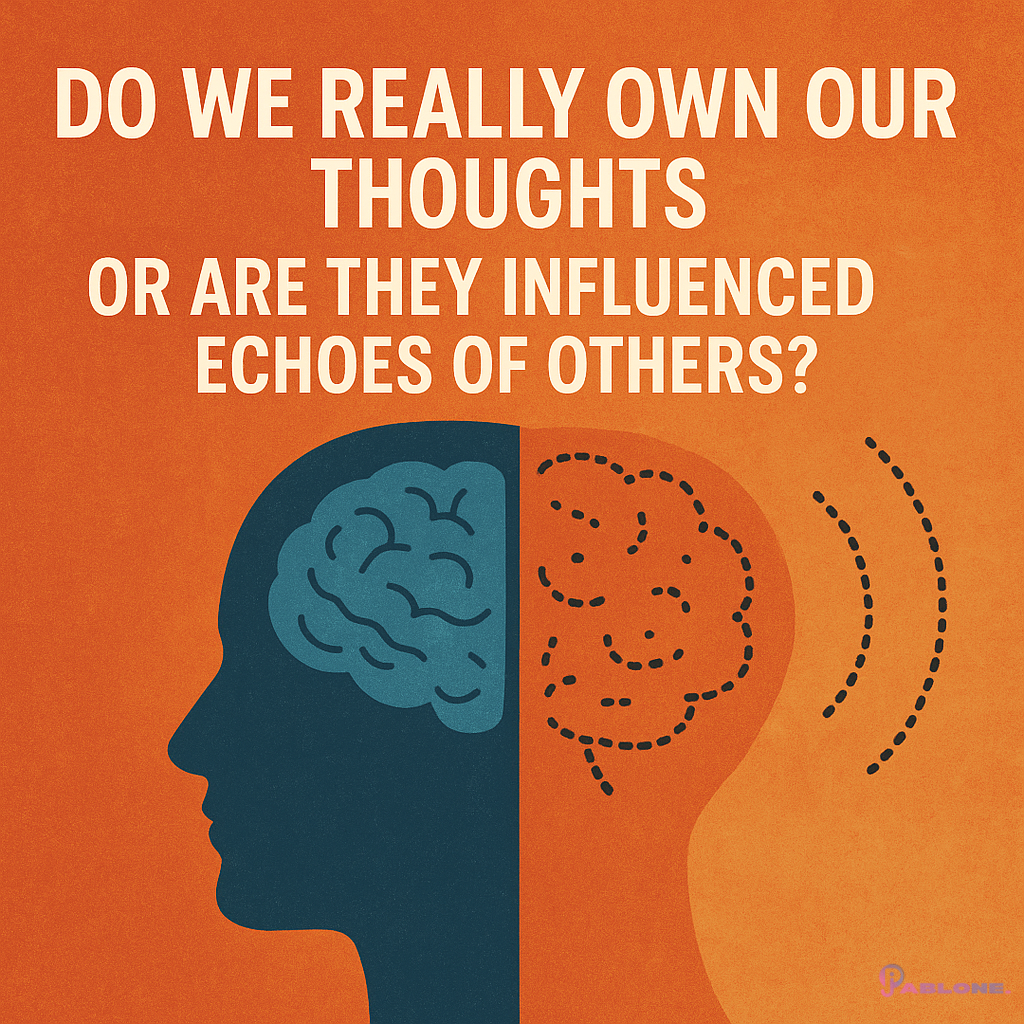Streetwear culture has grown from humble beginnings to become a global phenomenon influencing high fashion, music, art, and even politics. This in-depth look at streetwear’s evolution explores its origins, key moments, and significant players that have shaped this vibrant and dynamic culture over the decades.
The Origins of Streetwear
Streetwear’s roots can be traced back to the late 1970s and early 1980s in the United States, particularly in New York City and Los Angeles. The culture was initially influenced by the skateboarding and hip-hop scenes, which were burgeoning at the time.
Skateboarding Influence
The skateboarding community played a pivotal role in the early development of streetwear. Brands like Vision Street Wear, founded in 1976, and Stussy, established in the early 1980s by Shawn Stussy, began creating clothes that catered to skaters. These brands focused on comfort, durability, and a rebellious aesthetic that resonated with skaters.
Hip-Hop Influence
Simultaneously, hip-hop culture was taking root in New York City. Artists like Run-DMC and LL Cool J started to influence fashion with their distinctive styles, characterized by oversized clothing, sneakers, and bold accessories. The look was practical, expressive, and heavily tied to the urban experience.
The 1990s: Streetwear Goes Mainstream
The 1990s saw streetwear become more mainstream as it started to attract a broader audience. This decade was marked by the rise of influential brands and a deeper integration with the music industry.
The Rise of Iconic Brands
Brands such as Supreme, founded by James Jebbia in 1994, and A Bathing Ape (BAPE), founded by Nigo in 1993, were instrumental in this era. Supreme started as a skate shop in New York and quickly became a cultural touchstone, known for its limited releases and high-profile collaborations. BAPE, with its distinctive camo patterns and shark hoodies, became a status symbol in Japan and beyond.
Music Industry Integration
Hip-hop continued to be a significant influence on streetwear. Artists like Tupac Shakur and Notorious B.I.G. were seen as fashion icons, often sporting brands like Karl Kani and FUBU. These brands became symbols of success and street credibility within the hip-hop community.
The 2000s: Streetwear Meets High Fashion
The new millennium brought a significant shift as streetwear began to intersect with high fashion. This period marked the blurring of lines between street culture and the elite fashion world.
Collaborations and Crossover
One of the most notable trends of the 2000s was the collaboration between streetwear brands and high fashion houses. For instance, in 2002, Louis Vuitton collaborated with Supreme, a partnership that signaled a new era of mutual respect and influence. Such collaborations brought streetwear into luxury boutiques and high-fashion runways, elevating its status.
The Influence of Sneakers
Sneakers became a pivotal element of streetwear culture, driven by collaborations between brands like Nike, Adidas, and Puma with various artists and designers. Limited edition releases and sneaker culture gave rise to a new kind of consumerism characterized by long lines, reselling, and a collector’s mentality. The Air Jordan series by Nike, for example, maintained its cultural significance, becoming a staple in both sports and streetwear.
The 2010s: The Digital Age and Global Expansion
The 2010s were marked by the explosion of social media, which played a crucial role in the dissemination and popularization of streetwear culture globally.
Social Media and Influencer Culture
Platforms like Instagram and YouTube became essential tools for brands to reach a wider audience. Influencers and celebrities began to endorse streetwear brands, further driving their popularity. This era saw the rise of individuals like Virgil Abloh, who, through his brand Off-White and later as the artistic director of Louis Vuitton’s men’s wear, epitomized the convergence of streetwear and luxury fashion.
Global Influence and Adaptation
Streetwear also expanded globally, with regions like Asia (particularly Japan and South Korea) and Europe developing their distinct streetwear scenes. In Japan, brands like Undercover and Neighborhood gained international acclaim, while in South Korea, the integration of K-pop and streetwear brought global attention to brands like Ader Error and thisisneverthat.
The Present and Future of Streetwear
Today, streetwear continues to evolve, influenced by changing cultural dynamics and technological advancements.
Sustainability and Ethical Fashion
As awareness of environmental issues grows, many streetwear brands are adopting more sustainable practices. Brands like Patagonia and Pangaia are leading the charge, emphasizing eco-friendly materials and ethical production processes.
Inclusivity and Diversity
Streetwear has become a platform for expressing individuality and advocating for social issues. Brands and designers are increasingly embracing inclusivity and diversity, both in their product offerings and marketing campaigns.
The Role of Technology
Technology is also shaping the future of streetwear. From virtual fashion shows to the use of augmented reality (AR) in shopping experiences, tech innovations are enhancing the way consumers interact with and purchase streetwear.
Conclusion
The evolution of streetwear culture is a testament to its enduring appeal and adaptability. From its roots in skateboarding and hip-hop to its current status as a global phenomenon, streetwear has continually redefined itself, reflecting broader cultural shifts and influencing various aspects of modern life. As it continues to grow and evolve, streetwear remains a powerful force in fashion, art, and society at large.








Leave a Reply